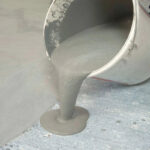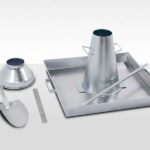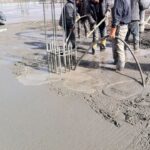The application of concrete release agent in road and bridge construction is becoming increasingly widespread. This article will provide a detailed introduction to the application of concrete release agent in road and bridge construction, as well as their positive impact on project quality and progress. Let's explore the wonders of concrete release agent together.
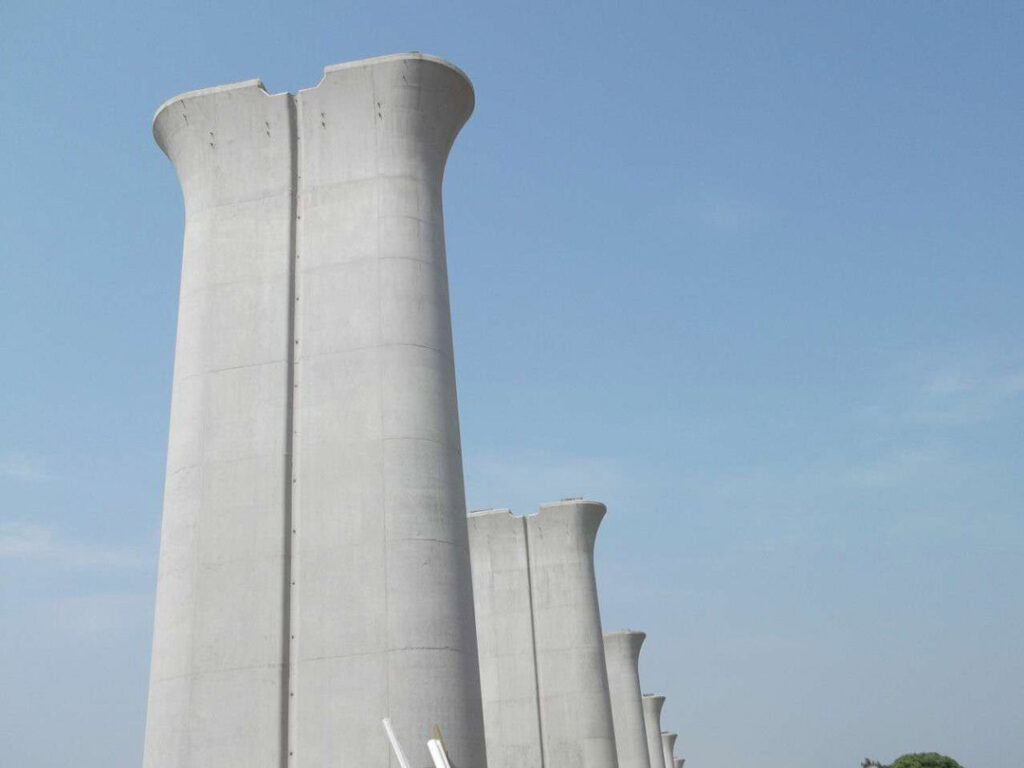
Application of Concrete Release Agent in Road and Bridge Construction
Requirements for Form Release Agents in Engineering
Precautions for Using Concrete Release Agent
Concrete release agent are specialized coatings used specifically for demolding concrete products. They effectively isolate the concrete from the surface of the formwork, preventing adhesion and ensuring the integrity and aesthetics of the concrete products. In recent years, with the continuous development of road and bridge construction, the application of concrete release agent has become more common and indispensable in the construction of road and bridge projects.
Application of Concrete Release Agent in Road and Bridge Construction:
1.Bridge Construction:
In bridge construction, concrete release agent is widely used in the construction of beam slabs, piers, abutments, and bridge piers. They effectively prevent adhesion between the concrete and the formwork, increasing the turnover rate of the formwork and reducing construction costs. Additionally, concrete release agent improve the smoothness of the concrete surface, enhancing the overall aesthetics of the bridge.
2.Road Construction:
Concrete release agent is also extensively used in road construction. They are employed to prevent adhesion between the road surface and the formwork, improving the smoothness and abrasion resistance of the road surface. Furthermore, concrete release agent protect the formwork from damage and prolong its lifespan.
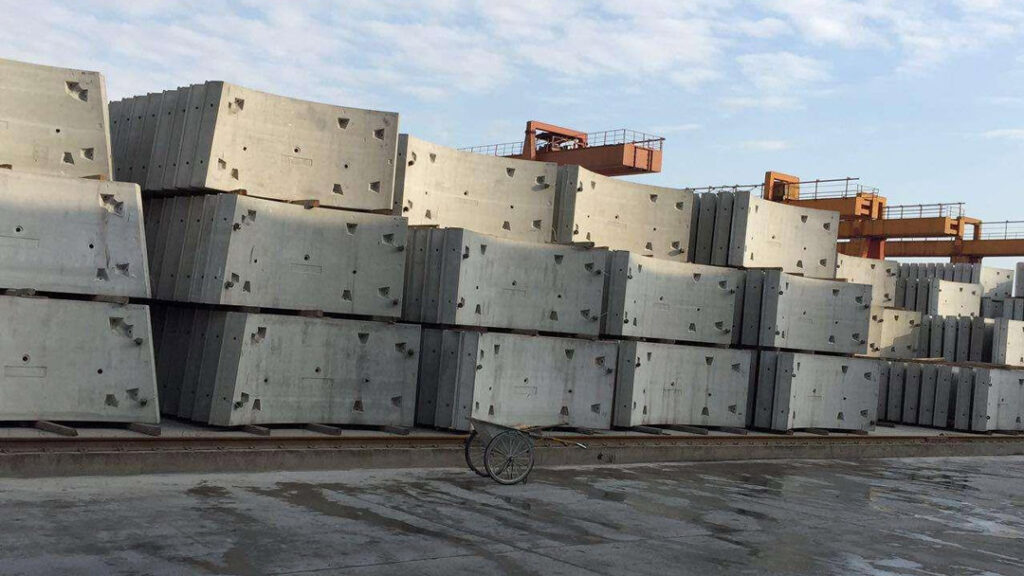
Requirements for Form Release Agents in Engineering:
1.Good demolding performance:
Concrete release agent should allow for smooth separation of the formwork from the concrete, maintaining a smooth and undamaged concrete surface with neat edges.
2.Convenient application, quick molding, and easy cleaning after demolding:
The concrete release agent should be easy to apply by brushing or spraying, facilitate quick molding (usually within 20 minutes), and be easy to remove after demolding. This ensures it does not affect construction progress and product productivity.
3.No impact on surface decorative effects of concrete:
The concrete release agent should not leave impregnation marks or cause discoloration or yellowing on the concrete surface.
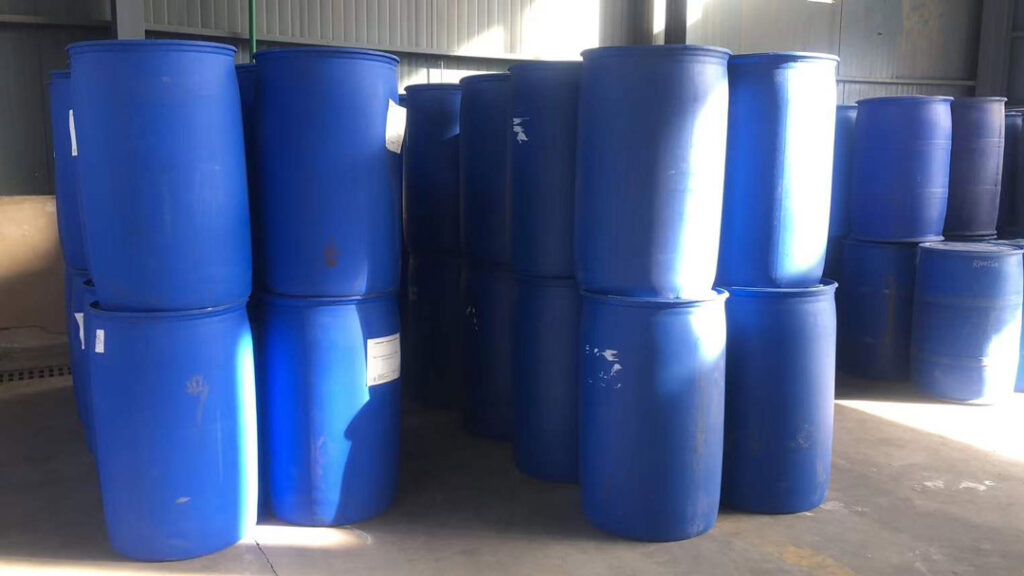
4.No contamination of reinforcement and no harm to concrete:
The concrete release agent should not affect the bond between concrete and reinforcement, alter the setting time of concrete mixtures, or contain substances harmful to concrete performance.
5.Protect the formwork and extend its lifespan:
For wooden formwork, the concrete release agent should penetrate the wood surface, providing comprehensive maintenance and filling functions, and preventing issues such as expansion, bulging, cracking, and defects caused by wood variation and edges. For steel formwork, the concrete release agent should prevent corrosion of the steel formwork and the resulting rust stains on the concrete surface.
6.Good stability:
The concrete release agent should exhibit good stability and have a long shelf life.
7.Water and weather resistance:
Concrete release agent used in on-site construction and open-air precast yards should have the ability to withstand rainwater flushing. This means that the concrete release agent, when exposed to rain after application on the formwork, should retain its demolding performance. For hot-cured concrete components, the concrete release agent should have heat resistance, while for cold climate conditions, the concrete release agent should have frost resistance.

Precautions for Using Concrete Release Agent:
1.Conduct small-scale testing before use to confirm if the product meets requirements.
2.Follow the instructions and guidelines provided by the product manual for the proper use and storage of the concrete release agent, avoiding direct sunlight and high-temperature environments.
3.Apply the concrete release agent uniformly, ensuring there are no areas missed or excessive buildup.
4.If any abnormal situations arise during use, immediately stop using the product and seek professional assistance.
The application of concrete release agent in road and bridge construction holds significant importance and promising prospects. It not only enhances project quality and aesthetics but also improves construction efficiency and reduces costs. When selecting and using concrete release agent, factors such as project requirements, product performance, and environmental considerations should be thoroughly evaluated to ensure optimal results. Let us look forward to the increased role of concrete release agent in road and bridge construction projects!


